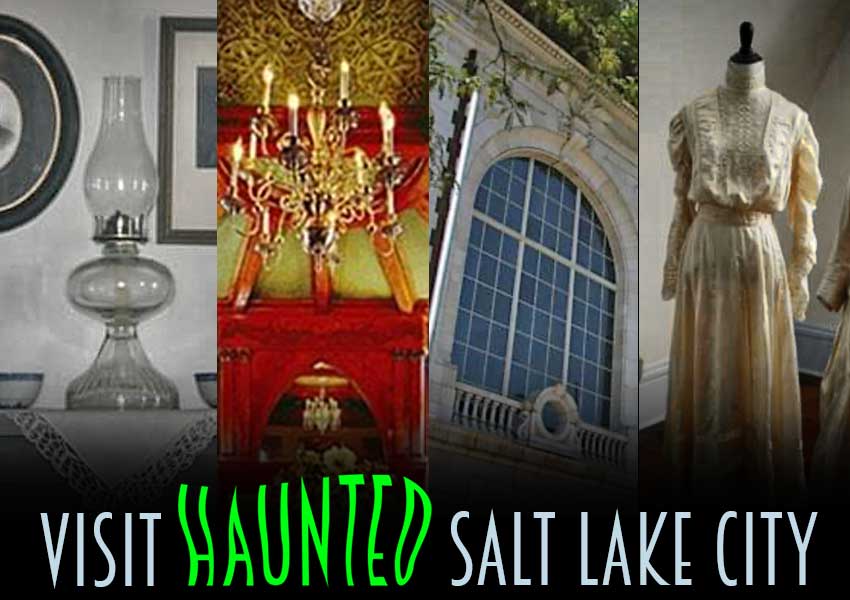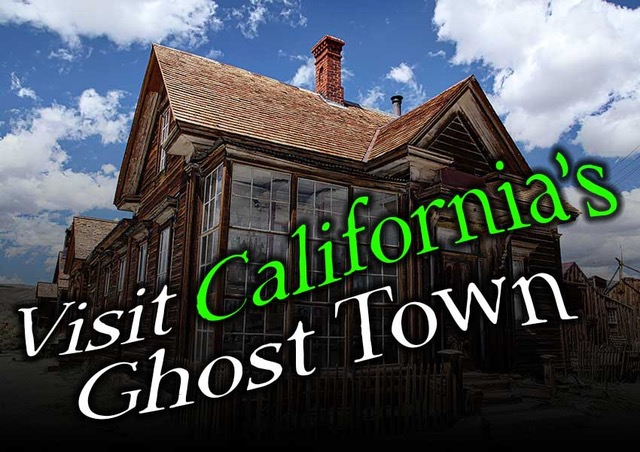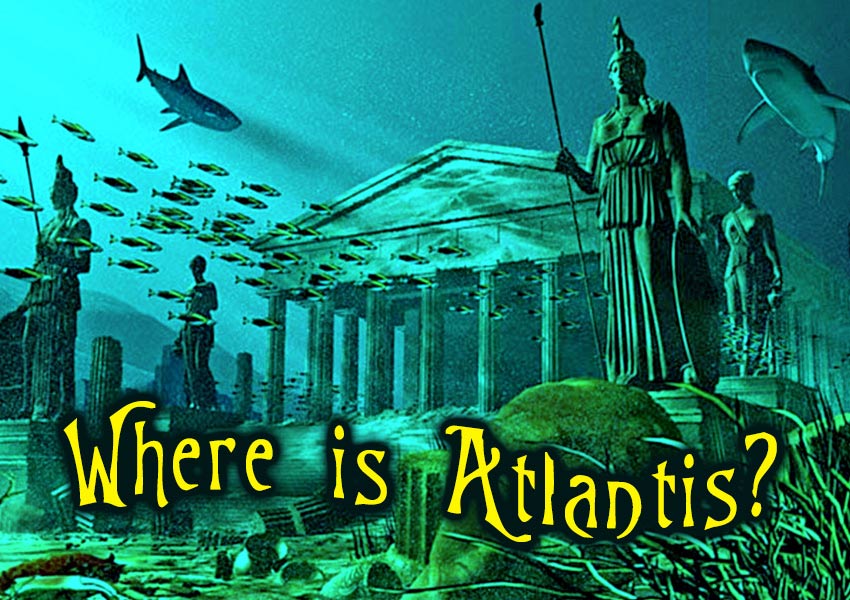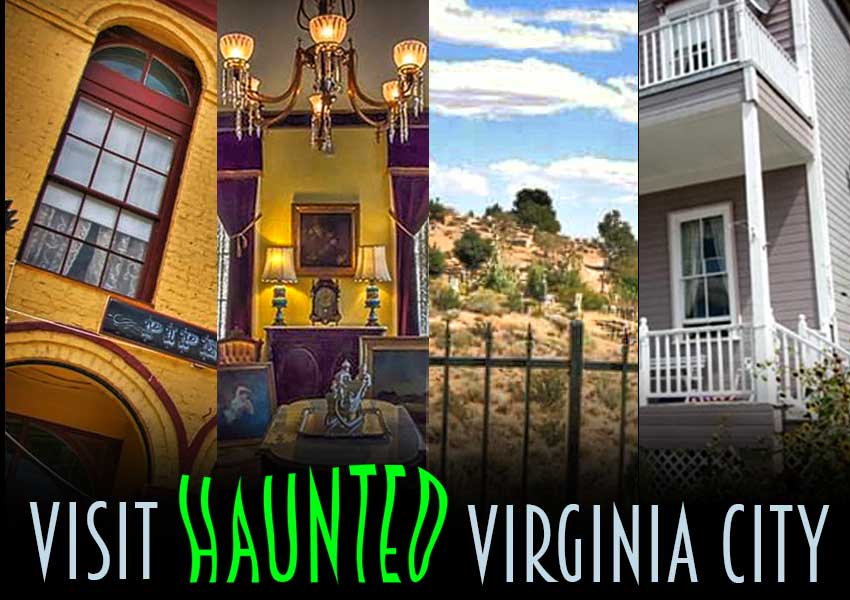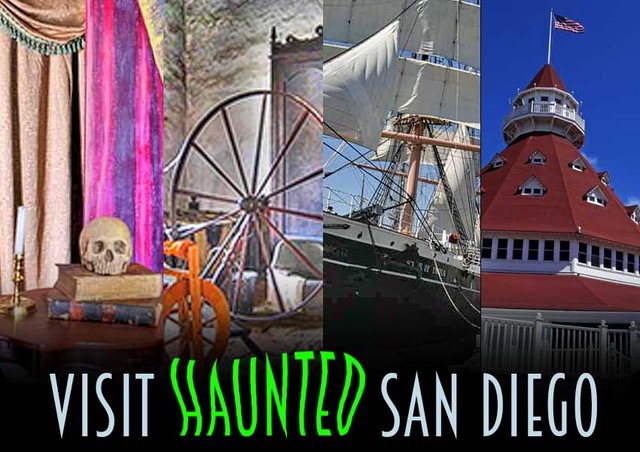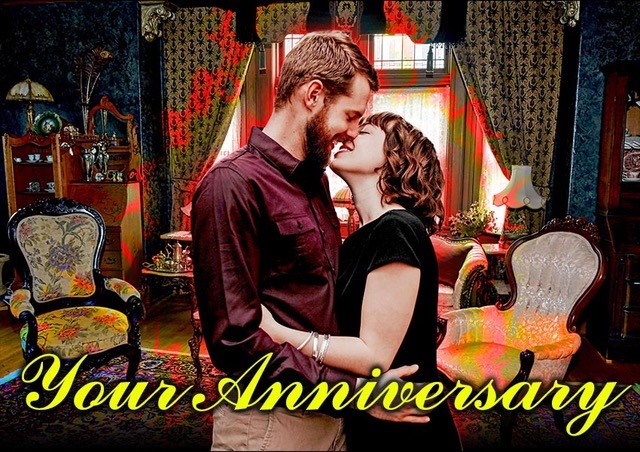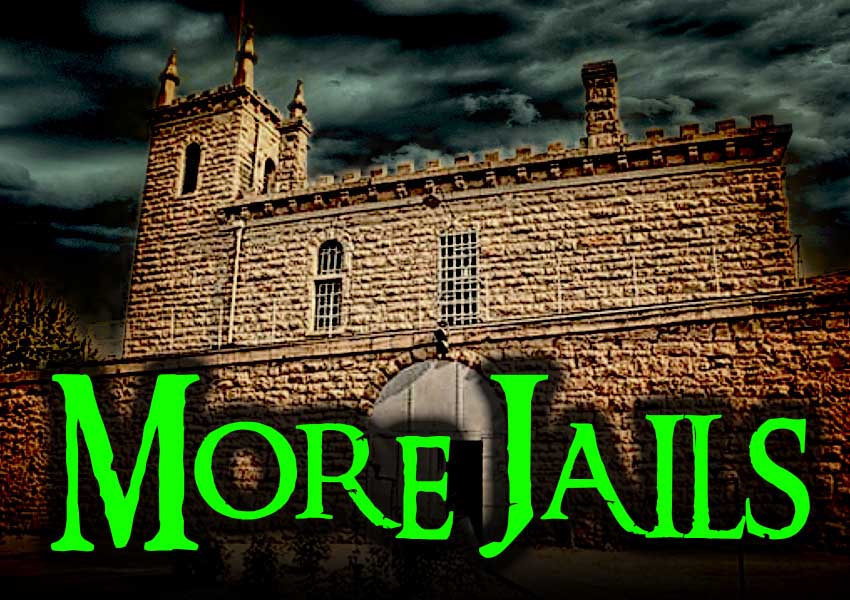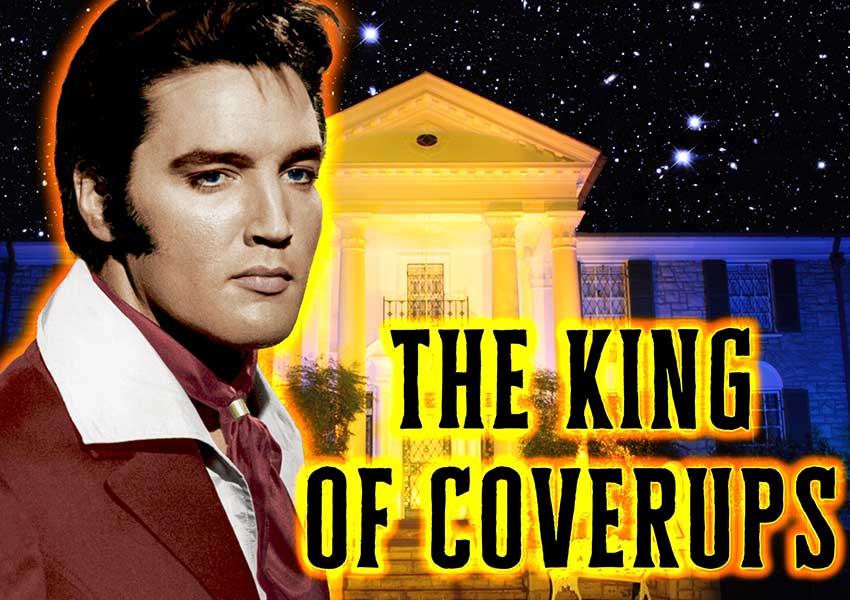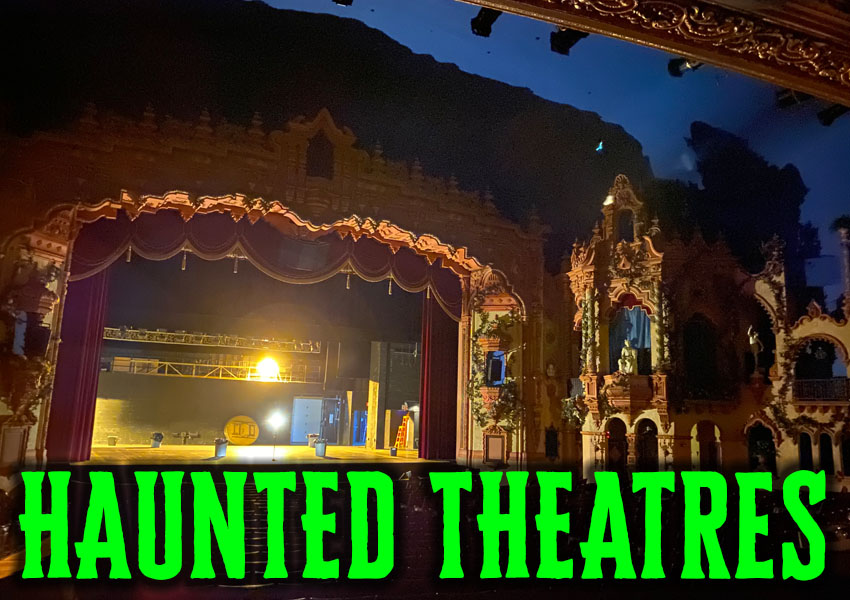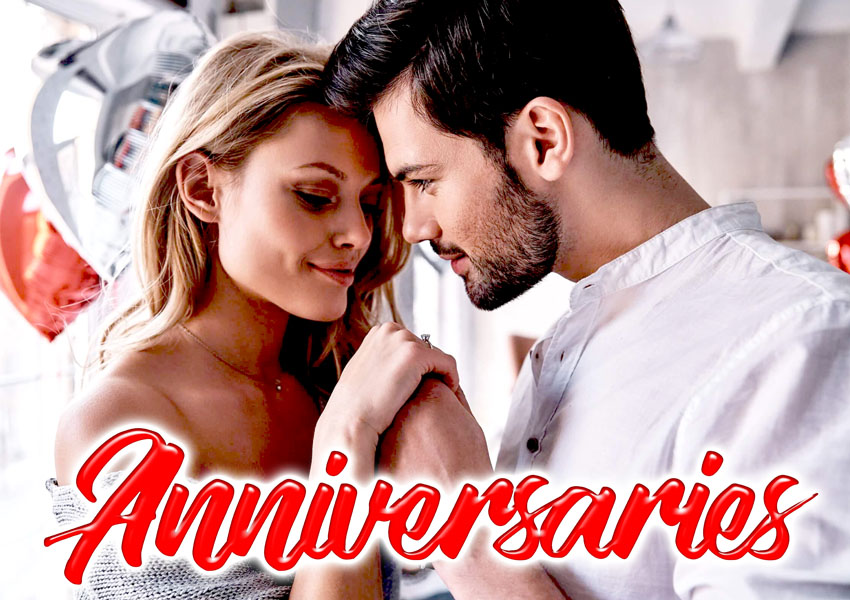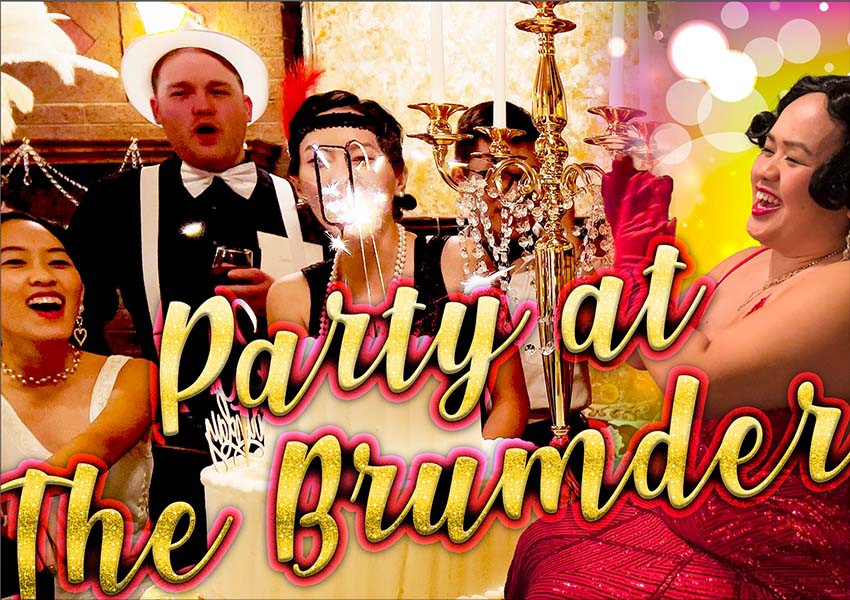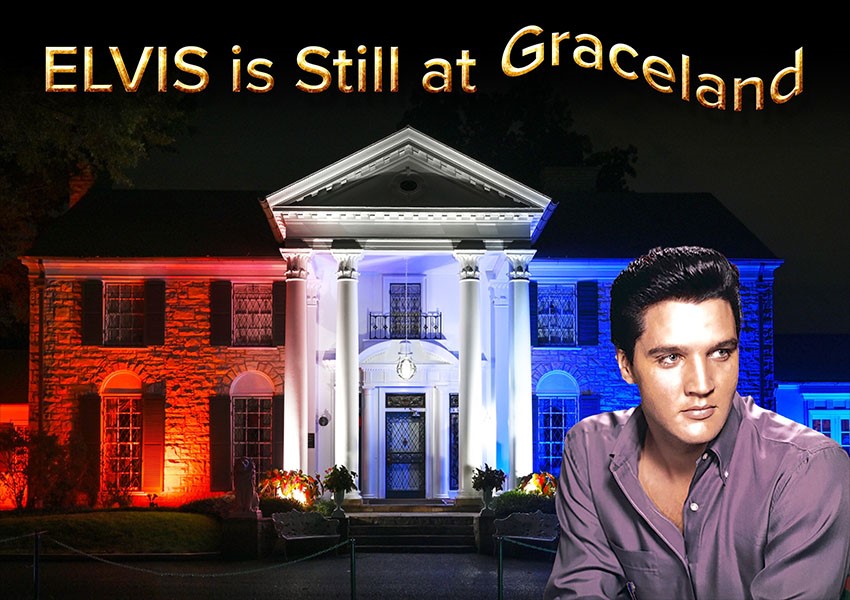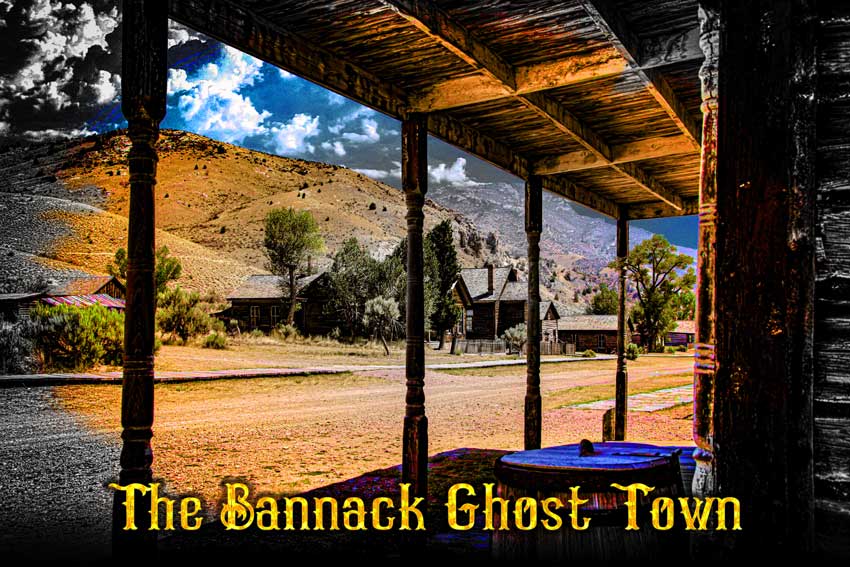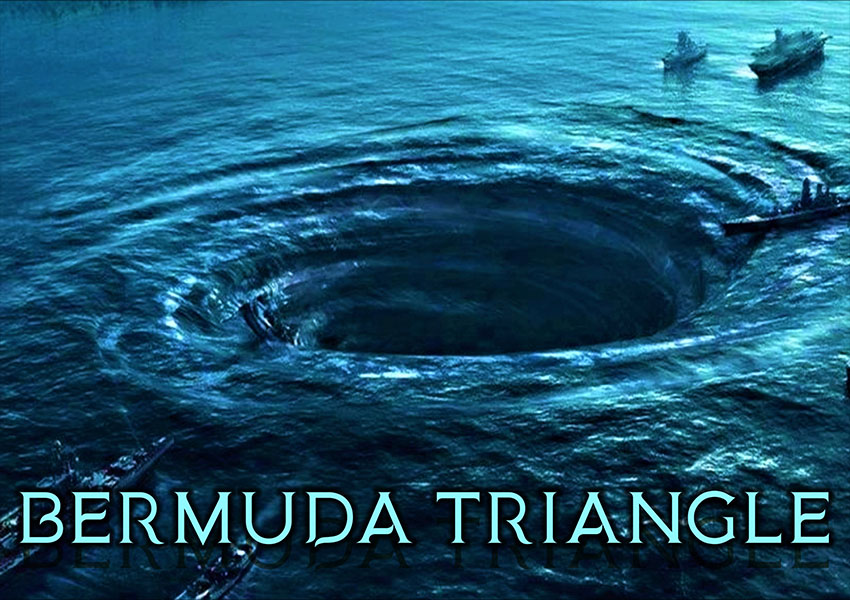Barstow California
Casa de Desierto Harvey House Museum
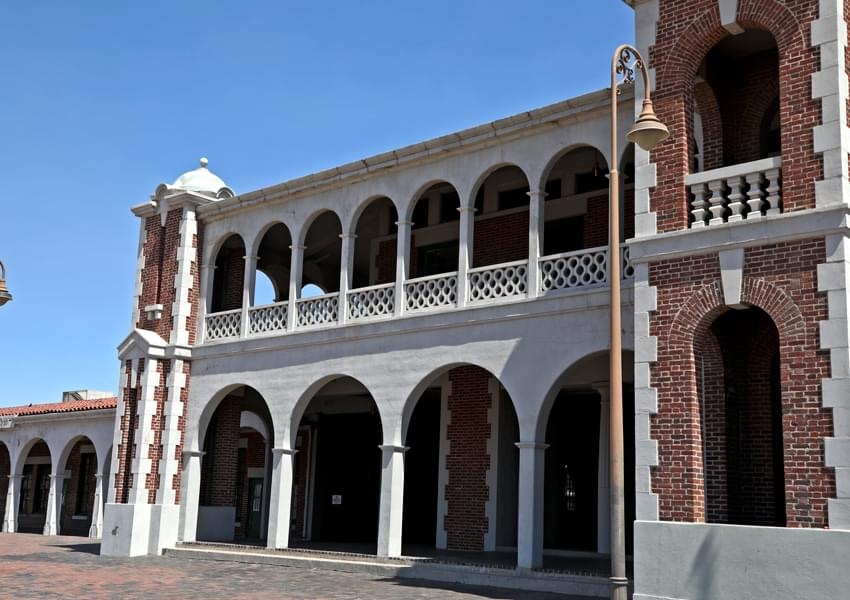

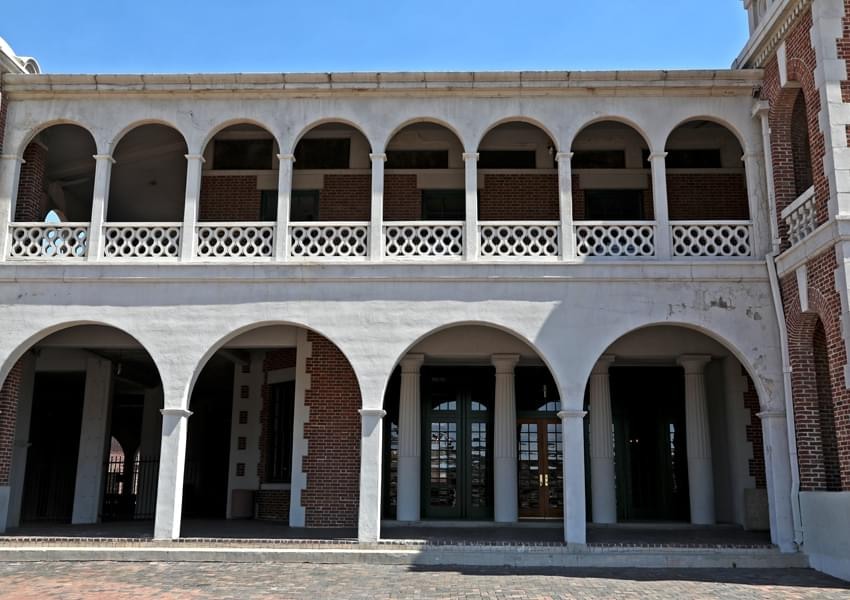
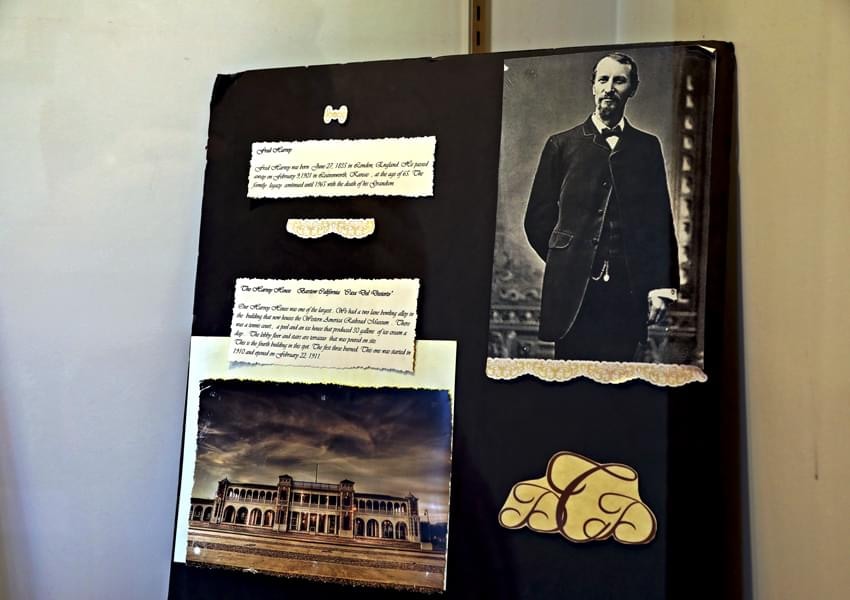

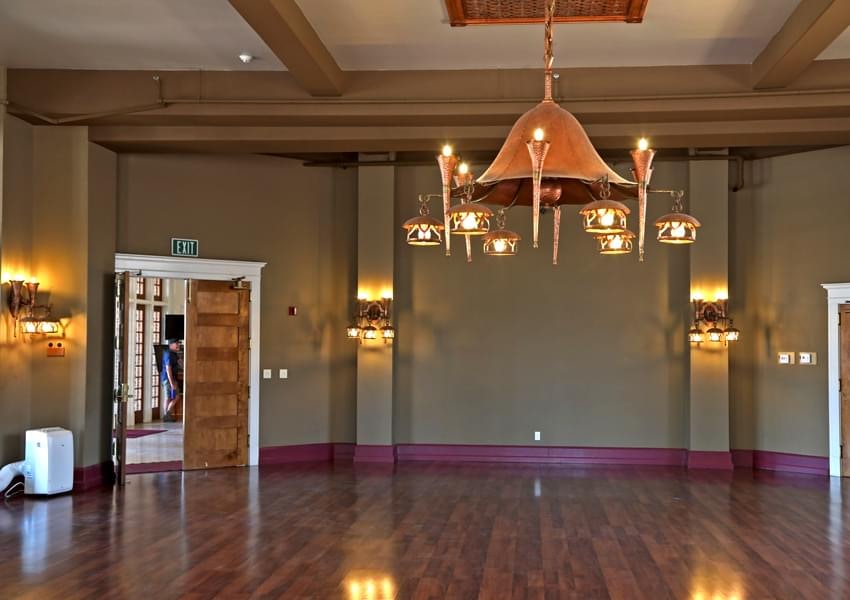
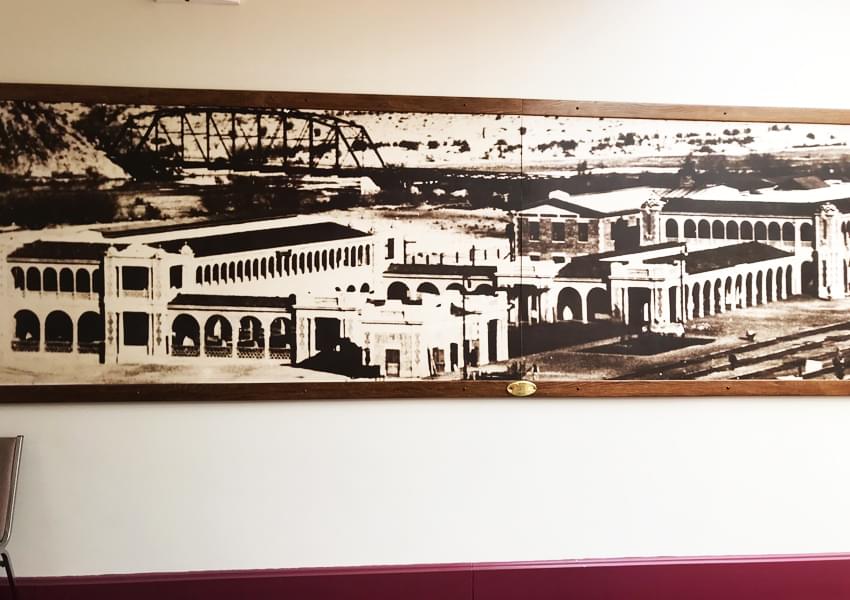
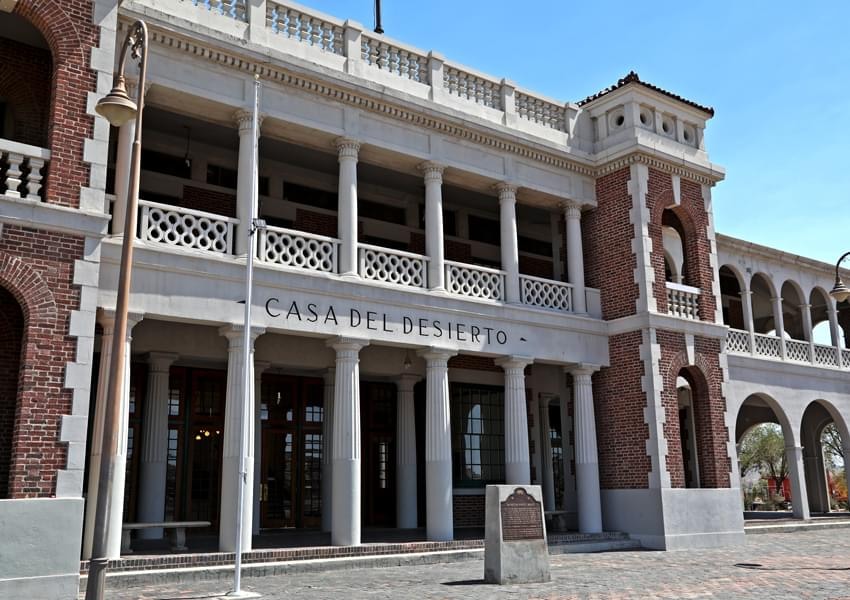
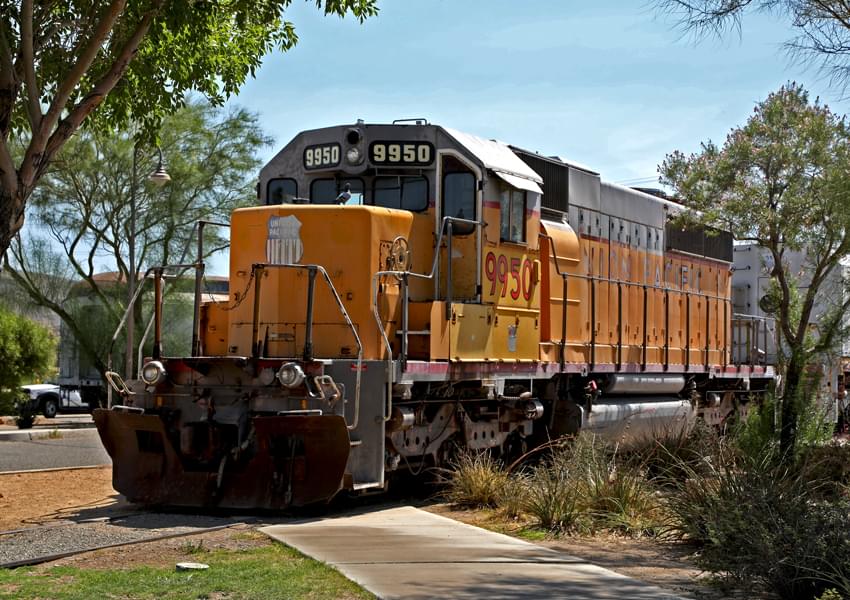
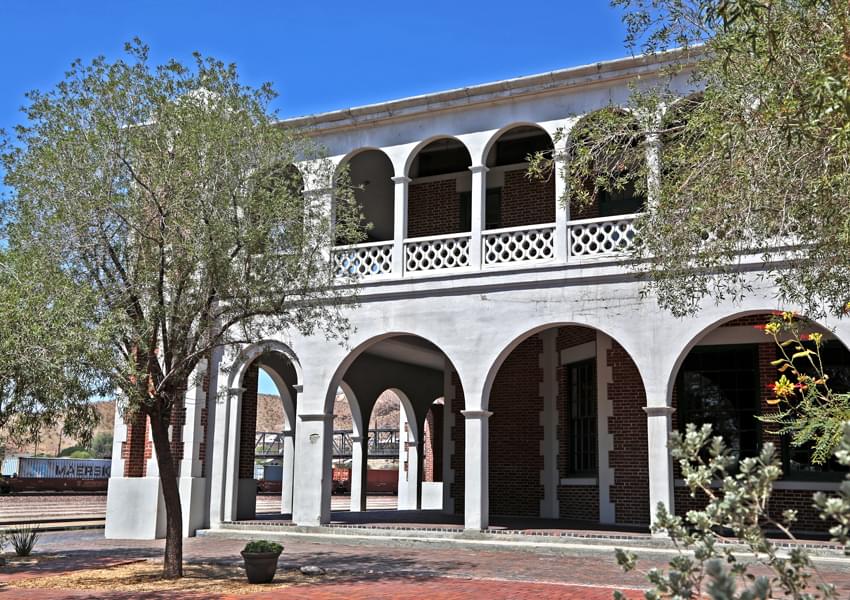
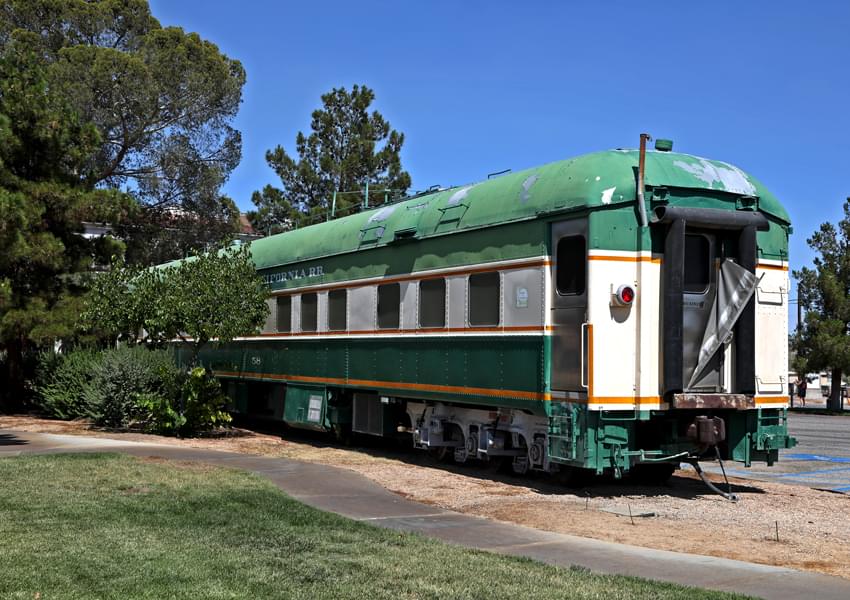
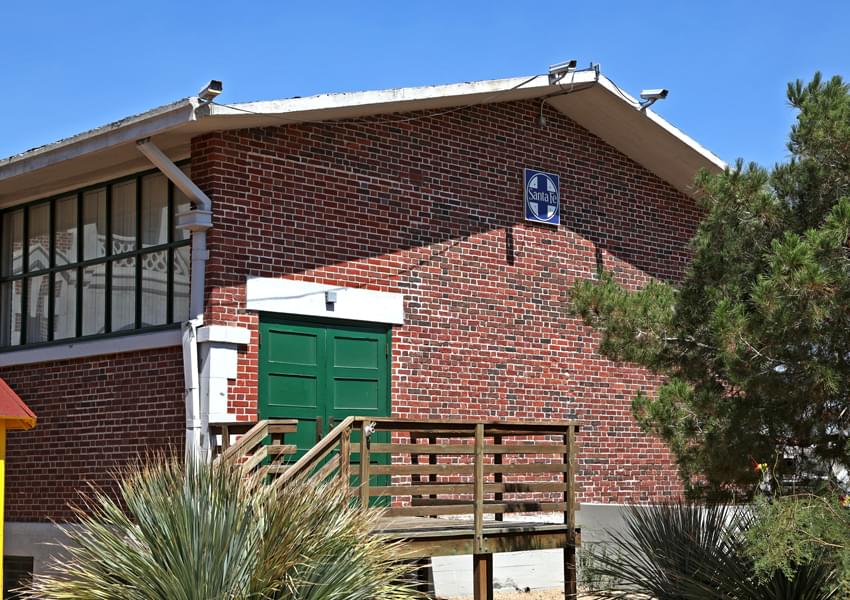
Apparently, the living aren’t the only ones who appreciate the restoration efforts.
Spirits of former employees, the littlest guest,
and an accident victim still love this place!
DESCRIPTION
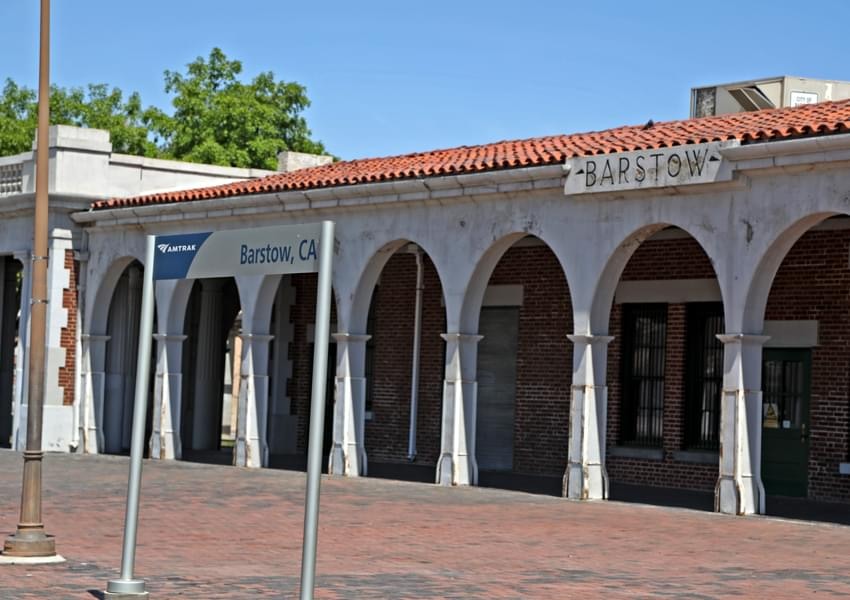 Barstow Casa de Desierto Harvey House Museum and Rail Depot. Tom and I went to visit this beautiful, elegant, historic, red tile roof building on the outskirts of Barstow.
Barstow Casa de Desierto Harvey House Museum and Rail Depot. Tom and I went to visit this beautiful, elegant, historic, red tile roof building on the outskirts of Barstow.
It is described as being “A hybridization of Santa Fe 16th century Spanish and Southwest American Indian architecture. In general, this Santa Fe style is characterized by long and low buildings with horizontal facade lines and relief from roof beams, inset porches, arcades, and flanking buttresses. The Harvey House in Barstow also includes Moorish elements and motifs worked into an interesting combination of towers and archways.”
The floors are made of Terrazzo tile, and there are many huge windows with little square panes of glass. This gives the building an airy, light feel. The second floor has an outdoor porch with an incredible view. The original woodwork and a glorious staircase are still there. Be sure to study the hand-crafted copper chandeliers.
The first floor has two large rooms with the big, beautiful windows described above, connected to each other via doorways; one is the ball room, and the other is used for parties, luncheons, and dinners for private groups. These two rooms offer a beautiful place for special social and business events such as Proms, Reunions, Family Celebrations, Receptions, etc. Upstairs, where the thirty guest rooms were once located, you can now find the homes of businesses, and a NASA office with displays of interest and a satellite tracking station. There are also two former ballrooms upstairs. A Barstow Area Chamber of Commerce and Visitors Bureau can also be found here.
Behind the Harvey House Museum is the Route 66 Mother Road Museum and The Western America Railroad Museum. The Santa Fe Depot is still active as it serves an Amtrak Stop and BSNF Railway. There is talk of a restaurant opening inside the rooms of the combined Depot and Harvey House.
HISTORY
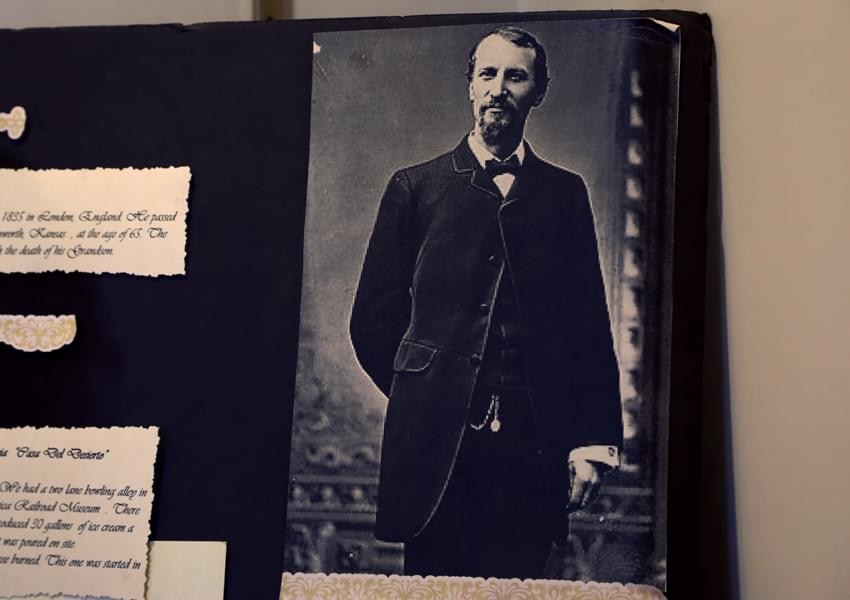 Fred Harvey civilized the west with his “3000 Miles of Hospitality” that consisted of an extensive chain of hotels, shops, and restaurants along the Santa Fe Railway, staffed by a professional, customer service army which included the famous Harvey Girls.
Fred Harvey civilized the west with his “3000 Miles of Hospitality” that consisted of an extensive chain of hotels, shops, and restaurants along the Santa Fe Railway, staffed by a professional, customer service army which included the famous Harvey Girls.
Harvey learned the business of restaurants by working in them from a very young age: 15! From his years of experience, he found that he had the skill needed to run restaurants. One year before the Civil War broke out, Fred and a partner opened up their own establishment. Their success was short-lived: the Civil War changed everything. This particular dream ended but was not forgotten.
Fred Harvey eventually wound up working in an Atchison, Topeka and Santa Fe (ATSF) Railroad Post Office in Leavenworth, Kansas. He observed that the railroads had no consideration for their riders when it came to meals. Riders were on their own, and had only a short time to eat at the lunchroom stops, as the railroad didn’t offer food service on their trains. The offerings in these lunchrooms were pretty awful and would never be accepted by the public in town restaurants. If a passenger went to a restaurant in town, the train would leave them if they didn’t get back to the train on time.
Fred Harvey had a great idea: build a network of restaurants along the ATSF railroad line. While his manager hated the idea, Harvey had a chance meeting with Charles Morse, superintendent of the ATSF Railroad, and this led to a successful business venture. Harvey proved his mettle by the huge success of his first Harvey House restaurants, as the riders loved them and they were very profitable indeed.
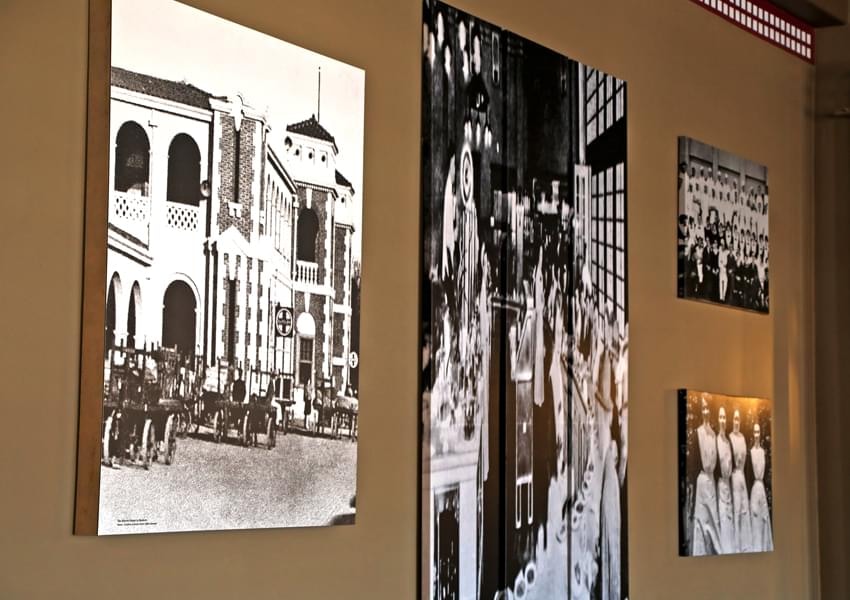 In 1876, Harvey opened the first Harvey House in the Topeka Kansas Santa Fe Depot Station. He leased the lunch counter at the depot. He established a high quality lunch experience by focusing on cleanliness and sanitary surroundings, excellent service, reasonable prices and great food. Travelers loved it!
In 1876, Harvey opened the first Harvey House in the Topeka Kansas Santa Fe Depot Station. He leased the lunch counter at the depot. He established a high quality lunch experience by focusing on cleanliness and sanitary surroundings, excellent service, reasonable prices and great food. Travelers loved it!
By 1883, Fred Harvey had exclusive control of all the meal service along the rail line. Harvey Houses sprang up every hundred miles along the Santa Fe line. An issue that popped up along with them was that the male servers were often classless “Wild Bunch” characters, not suited to work with the people Harvey wanted to serve.
So, he came up with the idea of hiring young, pretty, single women, who were mannerly, had an 8th grade education, could articulate, and had good moral character. They were given a 6 month contract, agreeing not to marry, and pledged to obey all company rules while they were employed there. The young women underwent detailed training to become Harvey Girls. After training, they were given a free rail pass to the Harvey House where they wanted to work. The young women loved working at the Harvey Houses, and were paid very well, as much as $17.50 a week, with free room & board and uniforms.
The Barstow Casa de Desierto (House of the desert) Harvey House joined the other six Harvey House restaurants and hotels, and was as successful as the others. Originally constructed in 1885, at the Railroad Depot in Barstow, this Harvey House consisted of a wooden depot, restaurant, and hotel. In 1908, the wooden structures were destroyed in a fire though luckily no one was killed.
Two years later, a newly designed Casa de Desierto Harvey House, the work of architect Mary Colter, was constructed from 1910 to 1913, and it was a glorious sight to behold. Mary Colter’s version of Casa de Desierto Harvey House was and still is a proud example of the long popular Southwest Style: “a hybridization of Santa Fe 16th century Spanish and Southwest American Indian architecture.”
There was also a swimming pool, a bowling alley and a building of rooms for staff and the Harvey Girls. It was quite the rest stop, as well as being a place for the people of Barstow to hold special events. There were also baths offered for travelers and guests.
After Fred Harvey died in 1901, his sons took over and ran the Harvey Houses until they too had passed away by 1930. The Harvey Company was then sold out of Harvey family hands, but it continued to operate as The Harvey Company. In 1968, it was bought out by the Hawaiian-based Amfac Company, which finally erased the Harvey name, but not its first principle of being all about serving the public.
In 1926, Route 66 was built along the railroad lines. At that time the Harvey sons began to offer deals to motorists, including tours of local history and Native American cultural events, that proved to be of great interest to many tourists. By 1930, Casa de Desierto was struggling like many businesses of that time, but managed to make it through the Depression intact. During WW2, they were bursting at the seams with military personnel who were traveling on the trains.
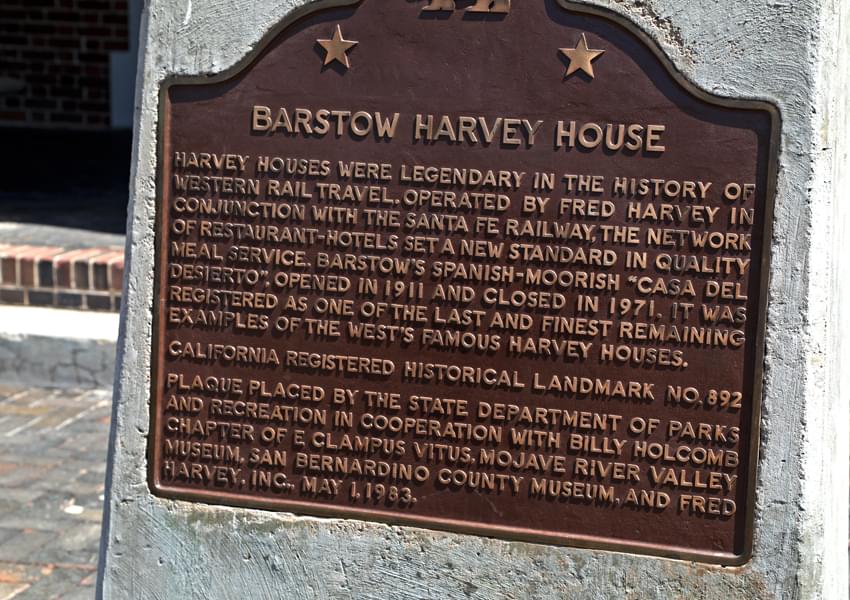 In the 1950s, Casa de Desierto Harvey House began a slow decline because more and more people had discovered traveling by air. Better highways were built as well, which led more people to travel by their own car or by bus. The writing was on the wall. When the Casa de Desierto Harvey House was closed, the building was leased to a machine shop. A cafeteria and a small Amtrak ticket office was also located here. However, the building was eventually abandoned altogether, leaving an empty, sad structure.
In the 1950s, Casa de Desierto Harvey House began a slow decline because more and more people had discovered traveling by air. Better highways were built as well, which led more people to travel by their own car or by bus. The writing was on the wall. When the Casa de Desierto Harvey House was closed, the building was leased to a machine shop. A cafeteria and a small Amtrak ticket office was also located here. However, the building was eventually abandoned altogether, leaving an empty, sad structure.
In the late 1960s, the owners of Casa de Desierto Harvey House, Santa Fe Railway wanted to tear it down to make way for more rail yard. Oh No! Luckily, the people of Barstow objected strongly, and several local groups got together and raised funds to buy the property. Casa del Desierto was added to the National Register of Historic Places in 1975, and designated as a California Historical Landmark in 1976.
The city of Barstow bought this historic treasure in 1990. The long trek to restoring it began. The Landers Earthquake of 1992 knocked down some buildings, and severely damaged others that were still standing. But the restorers were not deterred. Some walls had to be rebuilt, brick by brick. After seven years of detailed restoration with community help, Casa de Desierto Harvey House Museum opened up again in 1999!
HISTORY OF MANIFESTATIONS
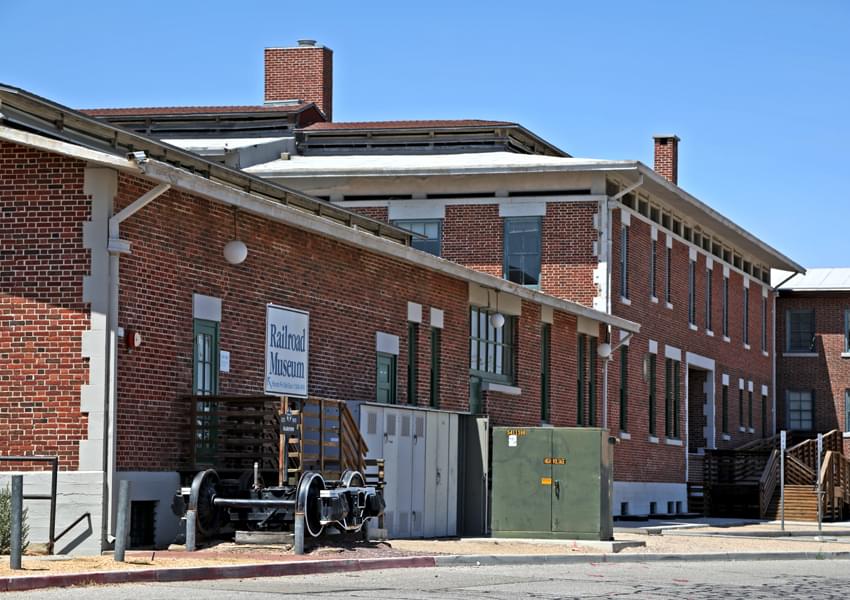 Bereaved women who have lost their beloved regardless of the reason, often have a terrible time emotionally and wind up dying from their loss, or they never recover throughout their lives. The spirit of a young woman, probably a Harvey Girl, is here. She either killed herself or pined away from grief when her soldier beloved died.
Bereaved women who have lost their beloved regardless of the reason, often have a terrible time emotionally and wind up dying from their loss, or they never recover throughout their lives. The spirit of a young woman, probably a Harvey Girl, is here. She either killed herself or pined away from grief when her soldier beloved died.
People who enjoyed working in a special place in life, sometimes choose to continue doing so when they pass over.For some Harvey Girls, their work experiences were memorable and highly valued.
Spirits of Harvey Girls can’t stay away! Residual energy of one hard-working Harvey Girl is still active, and plays over and over again.
People/children who die in accidents near or in a favorite building, sometimes decide to stay, especially if they are are not ready to go to the other side. A train engineer was crushed between two rail cars near The Barstow Casa de Desierto Harvey House. A young child died here from sickness or accident, either inside the Barstow Casa de Desierto Harvey House or on the property.
MANIFESTATIONS
Living people experience “vague feelings of uneasiness,” “being watched,” and unexplainable “cold spots.”
The Spirit of a Woman Called Rachel
She could’ve been a Harvey Girl or a guest of this Barstow Harvey House.
Seen on the balcony: still patiently waiting for her beloved to come home from WWII.
The Spirit of a Railroad Engineer named Buchanan
He is present when the aroma of cigar smoke is noticed.
The Spirit of a Little Girl
She is a happy, fun-loving soul.
Seen around the lobby and the staircase. She giggles at the living who walk by in the lobby. She likes to sit on the stairs and play peek-a-boo with the living who are climbing the stairs.
Spirits of The Harvey Girls
Their apparitions have been clearly seen walking around the building’s hallways.
Residual energy of a Harvey Girl on a mission to serve. It appears in a loop at certain times. Her apparition has been seen walking from the kitchen area to the dining room with something in her hand, a waitress who is still busy at work.
STILL HAUNTED?
Probably so! All the spirits here are reliving their good times, despite how they ended their lives, whether they were here or at another place.
Staff members and visitors have had many personal experiences with the spirits and residual energy.
Two reporters new to ghost hunting caught a woman’s voice, saying, “Blow the whistle,” perhaps in response to a moment of group laughter among the living.
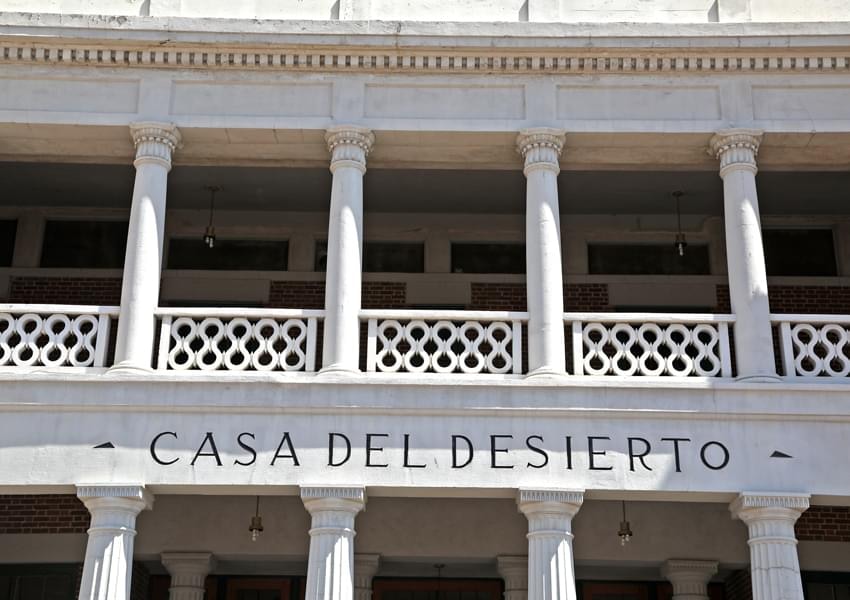

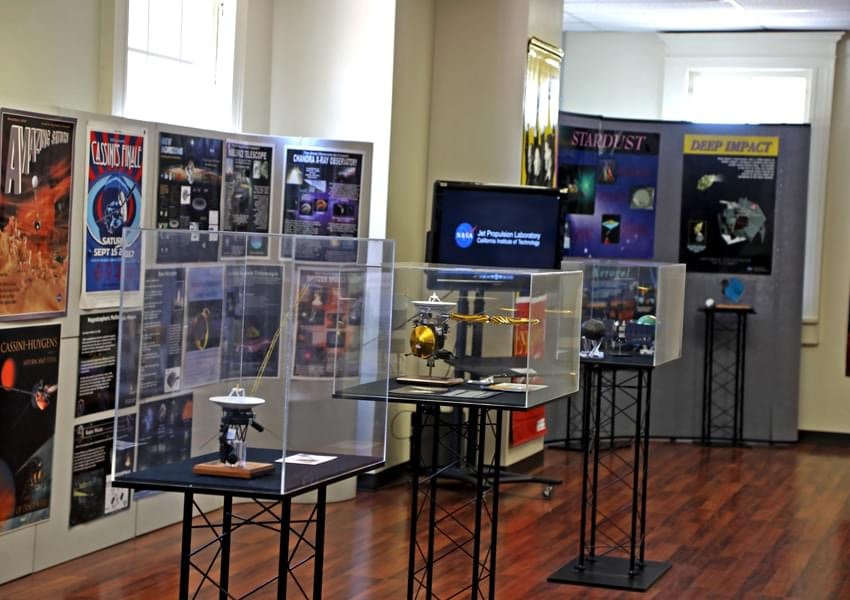
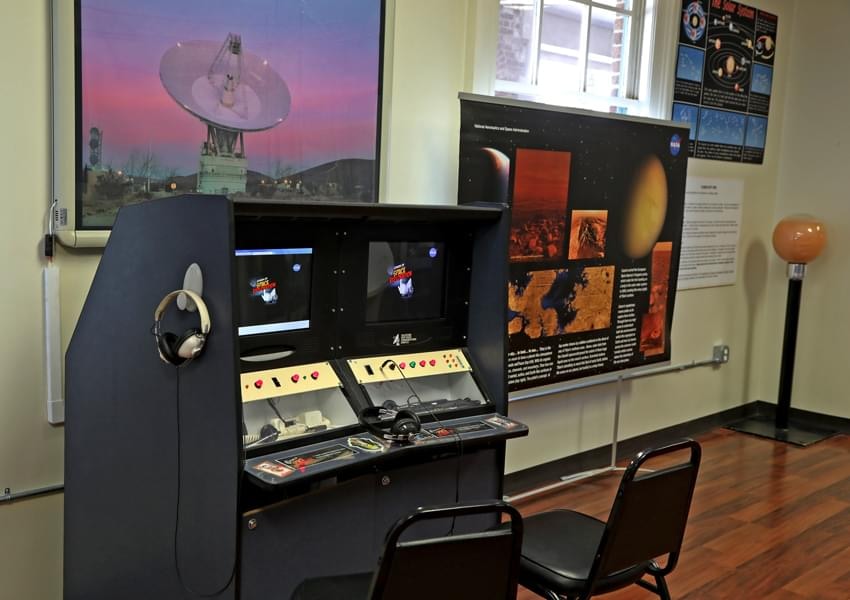
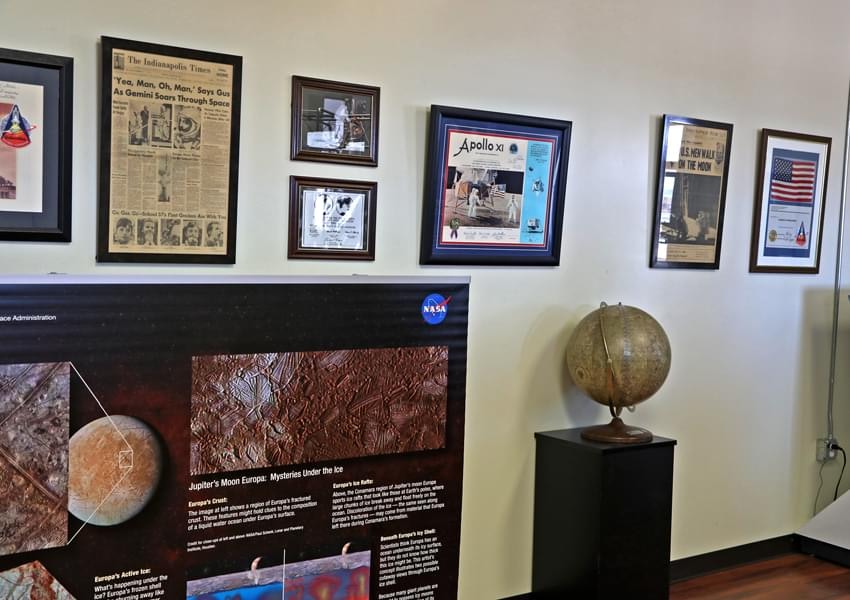
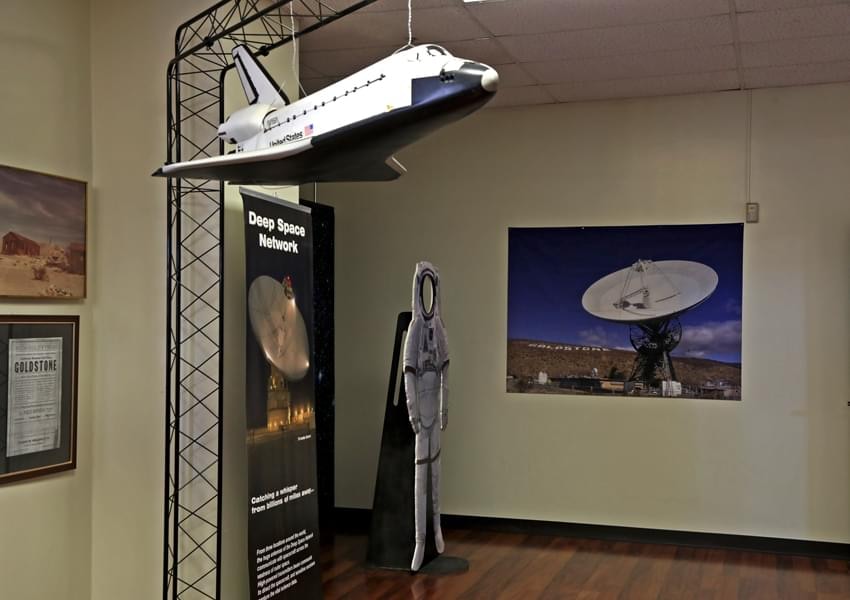
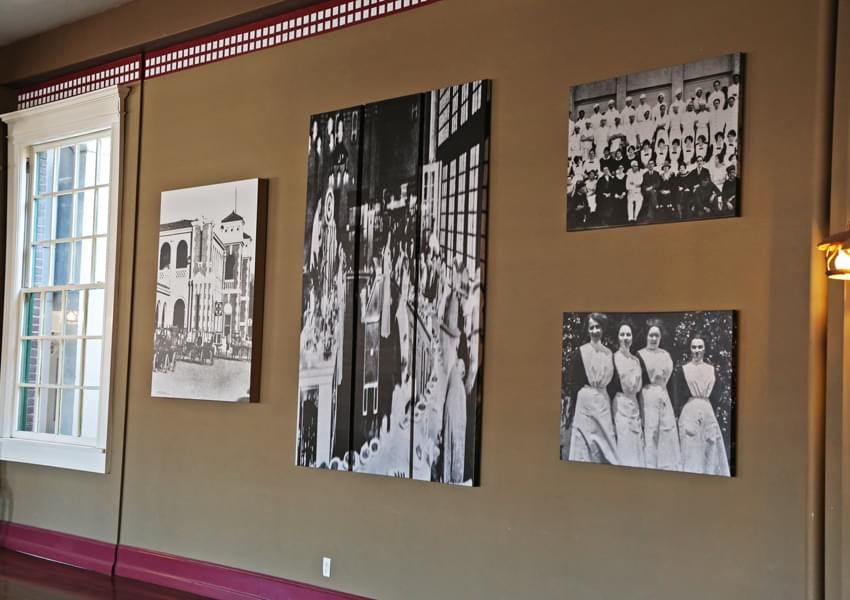


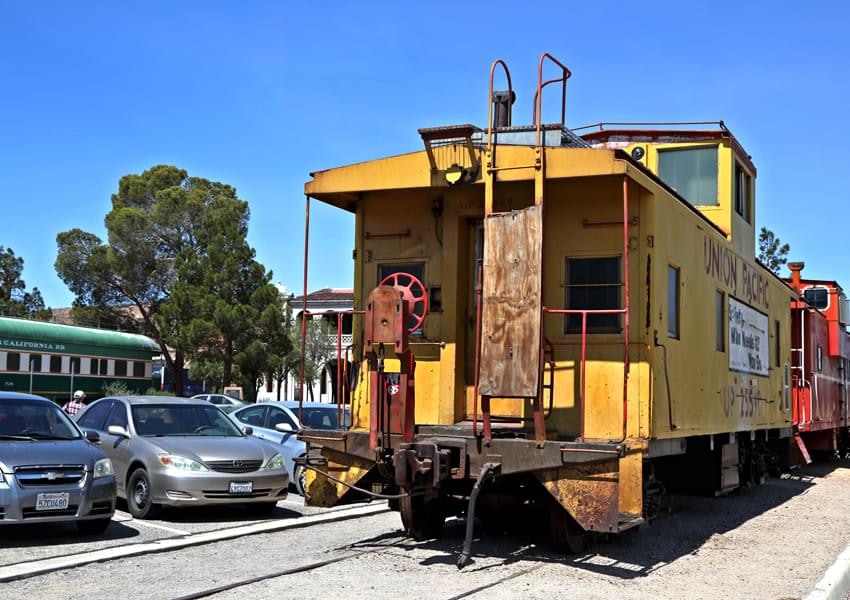
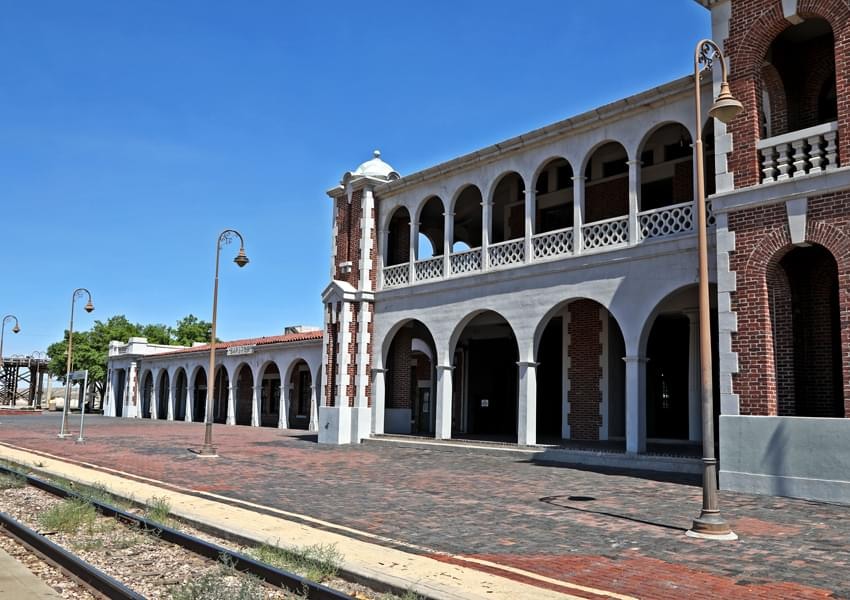
LOCATION
685 North 1st Avenue
Barstow, CA 92311
The Barstow Casa de Desierto Harvey House Museum is located on North 1st Street, which runs along the northern outskirts of Barstow, right in front of the train tracks.
SOURCES INCLUDE
- “Did ghost hunt at Harvey House capture ballroom visitor?” By Bryan Kawasaki
Staff Writer for vvdailypress.com - Harvey Hotels & Restaurants on Route 66: legendsofamerica.com
- Barstow Harvey House website
- Fred Harvey Company page on Wikipedia
- “The Haunting of Harvey House, Barstow, California”: sluggosghoststories.blogspot.com
- “Harvey House in Barstow marks 100 years” Route 66 News
Posting Date: February 22, 2011
Retrieval Date: November 9, 2018 - National Register of Historic Places Inventory – Nomination Form
- Harvey House Railroad Depot page on nps.gov
Our Haunted Paranormal Stories are Written by Julie Carr

